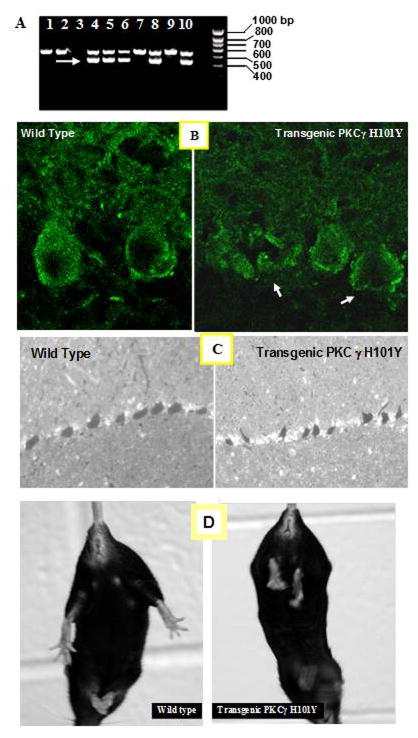Fig. 1. Characterization of PKCγ H101Y SCA14 transgenic mice.
A. Five founders were identified by PCR using PKCγ H101Y specific primers. Transgenic PCR products are arrowed. B. Endogenous PKCγ is mainly localized in Purkinje cells of the wild type mouse (left panel), and a similar Purkinje cell localization of HA-tagged PKCγ H101Y proteins in the PKCγ H101Y transgenic mouse at the age of 4 weeks (right panel). Altered Purkinje cell body is observed in transgenic mice (as arrowed). C. Light microscopy of Purkinje cell layers in the wild type (left panel) and PKCγ H101Y transgenic mice (right panel) at four weeks of age, showing an altered morphology of Purkinje cell layer in the transgenic mice. D. Tail suspension photography. Almost all 12-month old nontransgenic mice demonstrated splaying out of hind limbs (Left panel). However, PKCγ H101Y transgenic mice manifested stereotypical clasping responses (Right panel)

